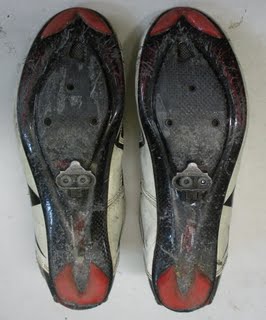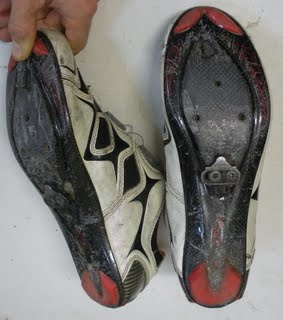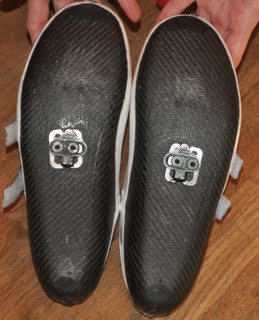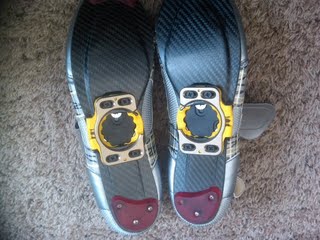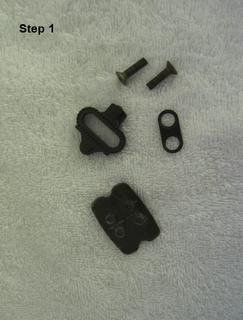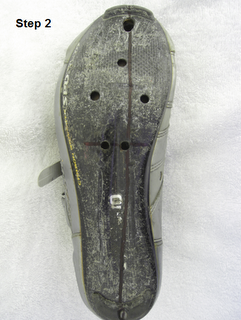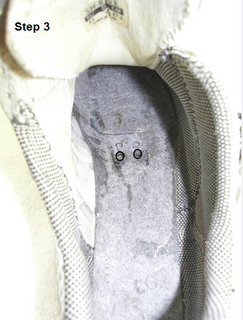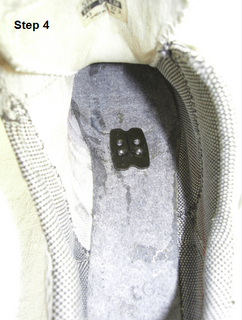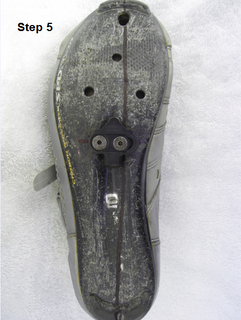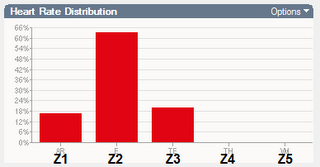There’s a good chance you can lower your running times by simply refining your running skills. Speed skill is so important to running that I have the athletes I coach do drills and other skill-enhancing workouts every week throughout the year. The skills that need mastering are simple and few.
Biomechanically, there are only two things you can do to run faster. You can run with a faster cadence or you can run with a longer stride. The fastest runners in the world, such as the Kenyans, do both of these. The place for you to start in improving your running efficiency is with cadence. Let’s examine how you can do that.
The next time you go to a race or watch one on TV check the cadence of a few select elite runners. To do this count every time a runner’s right foot strikes the road for 20 seconds and then multiply by three. The Kenyans are running at a cadence of 94 to 98 even late in a long race such as a marathon. The others generally have a cadence of 90 to 94. So the only way these lower-cadence runners can keep up with the Kenyans is to lengthen their strides. That’s inefficient because it produces a bit of vertical oscillation. They bounce up and down just a slight bit too much. And since the finish line is in a horizontal plane, energy expended vertically is mostly wasted.
Count your cadence the next time you are out for a run. If you’re like most age group triathletes it will be in the range of 76 to 86. And the slower an age grouper runs the lower their cadence becomes. Elite runners tend to keep their cadence about the same even when running slowly. They’ve trained their nervous systems to fire at a set rate which isn’t appreciably altered by pace.
Besides reducing vertical oscillation, running with a higher cadence means the foot spends less time in contact with the ground. That means running faster. Until your foot comes off the ground you aren’t going any place. It’s like an anchor.
So let’s work the other direction now – from foot contact time back up the chain to cadence – to see how we can improve your running times.
To minimize foot contact time you need to reduce the angle at which your foot comes in contact with the road surface. If you land on the heel with your toes pointing skyward at about a 30-degree angle, which is common for slower runners, it will take a relatively long time for the foot to be lowered to the pavement and then to rock forward and finally come off the ground at the toes. This will take only a few more milliseconds than had you put your foot down flat on the pavement and then toed off. But those extra milliseconds for each footstrike add up by the finish line.
It’s alright to have a slight heel-first contact with the road. But it should be so slight that someone you’re running at would not be able to see the bottoms of your shoes. You can check this for yourself by having that person shoot a video of you running at the camera. Do you see black soles? If so, you have an exaggerated heel strike. Minimizing it will speed you up.
How can you learn to minimize heel strike? Or, to put it another way, what causes you to land on your heel with your toes high off the ground? The answer to this latter question has to do with your knee. The only way to land on your heel is to lock, or nearly lock, your knee out straight. This is what you would do if you were running fast and trying to stop abruptly. You would straighten your knee and land on your heel. So running this way is like running with the brakes on. No wonder it slows you down.
The fastest way to experience flat-footed running is to run with your shoes off. Shoes with their often thick, rubber heels seem to be saying to us, “land here.” As soon as you take them off you’re back to the way our ancient ancestors ran on the grassy plains of Africa. We’re also running the way the Kenyan kids learn to run – without shoes.
I have the triathletes I coach do a drill called “strides” almost every week in the Base period. If they can do this without shoes, all the better. Often they can’t because snow and cold weather in a winter Base period make this impractical. But whenever they can they are encouraged to do this drill shoeless. This may be on a treadmill during the winter. Another option is to do this drill in “water walkers” – light, slipper-like shoes that fit snugly around the foot and are designed for the beach. (Be careful at first not to do a lot of barefoot running initially as you may well develop tender tendons as your feet and legs adapt.)
The strides drill is simple. Go to a park or other grassy area that has a very slight downhill grade of about one percent for 150 yards or so. Warm-up for 10 to 15 minutes. Then take off your shoes (or put on the water walkers) and run down the hill for 20 seconds. Do this six to eight times in a session. This should be a fairly fast run, but you could go much faster. In other words, hold back just a little bit. Focus on a flat-footed landing with the knee slightly bent. Count every time your right foot strikes the ground. Your goal is 30 to 32. That’s a cadence of 90 to 96. Don’t try to go above 96. Note a landmark where you completed the 20-second stride. If you start at the same spot for each stride, during the workout, as you warm up even more, you’ll finish farther down the course indicating that your stride is also getting longer since cadence remains steady. You’re now running like a Kenyan.
Now for the hard part of the drill – at least for most type-A triathletes: Turn and walk back to the start point. Fatigue is the enemy of skill development. Walking will make sure you aren’t fatiguing as the workout proceeds.
As your fitness improves you can insert drills into the walking portions. Start by doing skips as you did when you were a kid. Do 50 total skips on the recovery. This will further ingrain the flat-foot, slightly knee-bent landing. Later in the Base period do these skips for height. How high can you skip? Skipping for height builds power in your legs which in turn increases stride length – without even trying.
When out for your normal Base training runs occasionally check your cadence. Try to raise it by two or three RPM. This will feel awkward at first, as if you are running with baby steps. And your heart rate will probably rise even though you aren’t going any faster. It will take a while for your nervous system to adapt to a higher cadence. During this time you may seem to be going the wrong direction. That’s common and necessary if you are to eventually run faster as your body adapts. Hang in there.
Labels: base, cadence, running, speed skills, strides
